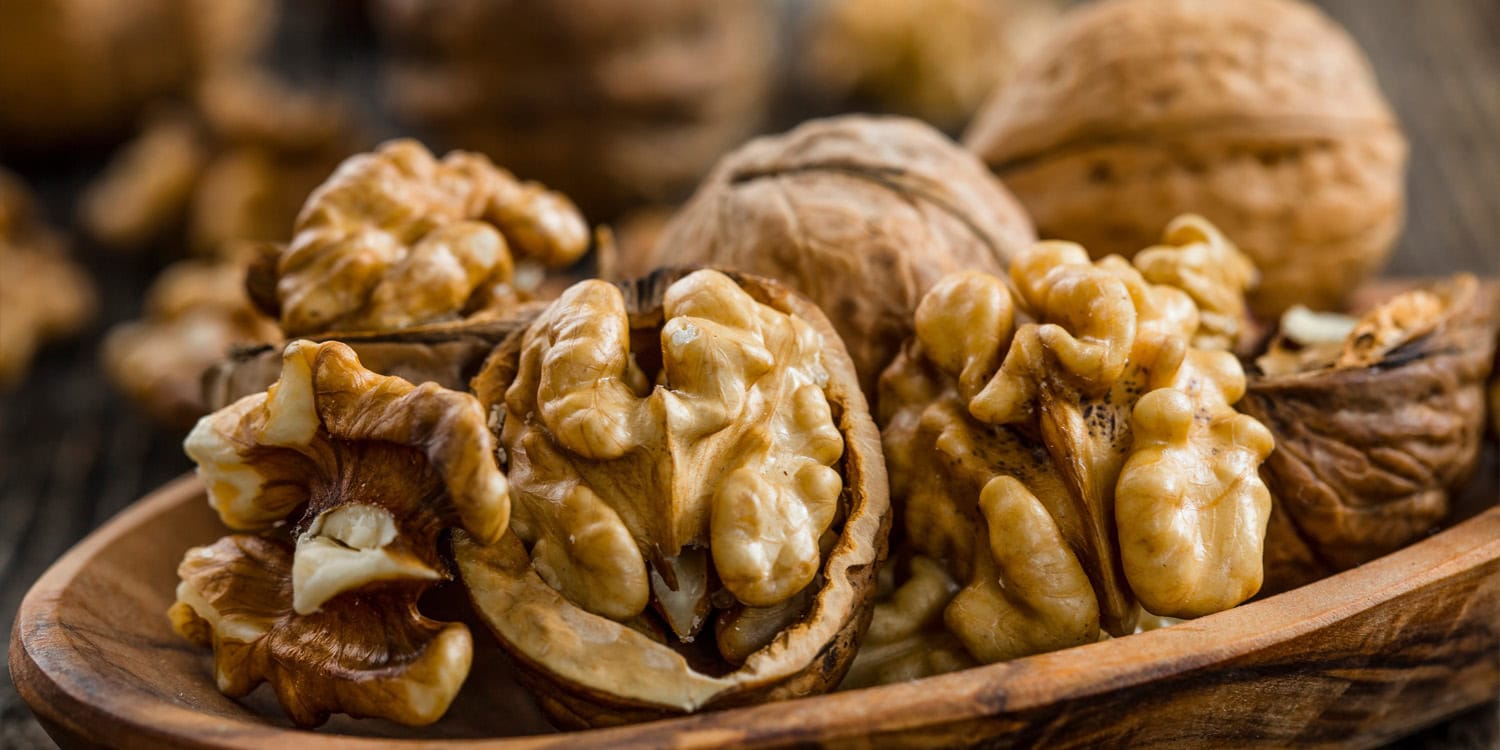Could a simple breakfast choice improve your brain function all day long? According to a new study, the answer appears to be yes, especially if that breakfast includes walnuts. Researchers found that young adults who ate about 50 grams of walnuts mixed into their morning meal experienced benefits throughout the day, including faster reaction times and improved memory later in the day, when compared to eating a breakfast without walnuts. The findings were published this month in Food & Function.
While it is known that diet plays a significant role in overall brain health, and some studies have suggested nuts, including walnuts, might be beneficial for cognitive function, there was a need for more focused investigation. Previous research, including population studies and animal experiments, hinted at a positive link between nut consumption and better cognitive performance. For example, some studies following large groups of people over time found that regular nut eaters tended to have better memory and thinking skills as they aged. Animal studies also suggested that walnuts could improve memory and learning abilities.
However, there was less research directly testing the effects of walnuts on thinking skills in humans, especially in younger people and in the short term, right after eating them. Most existing studies in humans had looked at longer periods of walnut consumption, like several weeks or months, mainly in older adults. Scientists wanted to understand if eating walnuts could have immediate, noticeable benefits on brain function throughout the day, and if so, what might be the underlying reasons for these effects. This new study aimed to fill this gap by examining the immediate impact of a walnut-rich breakfast on the thinking skills of young adults.
To conduct their study, the researchers recruited 31 healthy young adults aged between 18 and 30 years old. Participants were students and were excluded if they had a high body mass index, smoked, took medications other than birth control, had food allergies, or followed restrictive diets like veganism or vegetarianism. The study used a crossover design, meaning each participant experienced both conditions being tested: eating a walnut breakfast and eating a control breakfast.
For each participant, there were two test days, separated by a week. On one test day, they ate the walnut breakfast, and on the other day, they ate the control breakfast. The order of these breakfasts was randomized to avoid any bias. Neither the participants nor the researchers directly involved in testing knew which breakfast was being given on each day, ensuring a double-blind study. Participants were told the study was about different breakfast cereals to keep them unaware of the true focus on walnuts until the study concluded.
On each test day, participants arrived at the research lab in the morning after fasting overnight. Before breakfast, they completed a set of thinking and mood tests, which served as a baseline measurement. They then consumed either the walnut breakfast or the control breakfast. The walnut breakfast consisted of 50 grams of crushed walnuts mixed with muesli and vanilla yogurt. The control breakfast was designed to be very similar in calories, fat, protein, and carbohydrates but without walnuts.
To match the fat content of the walnuts, the control breakfast contained muesli, vanilla yogurt, and melted butter. Both breakfasts weighed the same and had almost identical calorie counts. However, the walnut breakfast provided about 4 grams of omega-3 fatty acids and 1 gram of polyphenols, which are beneficial plant compounds, while the control breakfast had negligible amounts of these. The walnut breakfast also had slightly more protein.
Throughout the day, at two, four, and six hours after breakfast, participants repeated the thinking and mood tests. These tests were designed to measure different aspects of brain function, including memory and executive function, which involves skills like attention, focus, and switching between tasks. Memory was assessed using a word learning task where participants had to remember a list of words. Executive function was tested using tasks that measured reaction time and accuracy in attention and task switching scenarios. Mood was evaluated using a questionnaire where participants rated their positive and negative feelings, as well as their level of mental fatigue.
During these testing periods, the researchers also measured brain electrical activity using electroencephalography, or EEG. This involved placing sensors on the scalp to record brain waves. Blood samples were taken at baseline and at one of the post-breakfast time points (either two, four, or six hours, rotated across participants) to measure levels of glucose, non-esterified fatty acids, and certain substances related to brain function and inflammation.
Participants also rated their appetite and cravings at various points and rated the taste and smell of the breakfasts immediately after eating them. To ensure consistent conditions, participants were asked to avoid nuts, seeds, oily fish, flavonoid-rich fruits and vegetables for 48 hours before each test day, and to avoid strenuous exercise, alcohol, and caffeine for 24 hours beforehand. They also received standardized snacks and lunch during the test days.
The researchers discovered several interesting effects from eating the walnut breakfast. In terms of memory, they found that initially, at two hours after breakfast, participants performed slightly worse on the word learning task after eating walnuts compared to the control breakfast. However, this reversed later in the day. By six hours after breakfast, participants who had eaten walnuts showed better memory recall compared to those who had the control breakfast. Specifically, their ability to learn new words over repeated trials improved more over time after eating walnuts.
Regarding reaction times, participants were consistently faster on tasks measuring attention and task switching throughout the day after eating the walnut breakfast compared to the control breakfast. This suggests that walnuts improved processing speed and efficiency in these executive function skills.
The EEG measurements also showed differences in brain activity. After eating walnuts, there was increased activity in certain brain wave bands, particularly alpha, delta, and theta waves, in the frontal regions of the brain during memory tasks. These brain waves are associated with attention and memory processes. This suggests that walnuts might be influencing brain activity in a way that supports better cognitive performance.
Interestingly, the study also found that participants reported feeling slightly more negative mood after eating the walnut breakfast compared to the control breakfast. They also rated the smell of the walnut breakfast as less appealing and reported stronger cravings for fatty foods after eating it. In terms of blood markers, the researchers observed that glucose levels were slightly higher after the walnut breakfast, while non-esterified fatty acid levels were lower, compared to the control breakfast.
These changes in glucose and fatty acids might be related to how walnuts affect energy availability and metabolism in the brain, potentially contributing to the observed cognitive benefits. However, there were no significant changes in other blood markers related to inflammation or brain-derived neurotrophic factor, a protein important for brain health.
Professor Claire Williams, who led the research from the University of Reading, said: “This study helps strengthen the case for walnuts as brain food. A handful of walnuts with breakfast could give young adults a mental edge when they need to perform at the top of their game. It’s particularly exciting that such a simple dietary addition could make a measurable difference to cognitive performance.”
The study, “The impact of a walnut-rich breakfast on cognitive performance and brain activity throughout the day in healthy young adults: a crossover intervention trial,” was authored by L. Bell, G. F. Dodd, M. Jeavons, D. R. Fisher, A. R. Whyte, B. Shukitt-Halec, and C. M. Williams.




